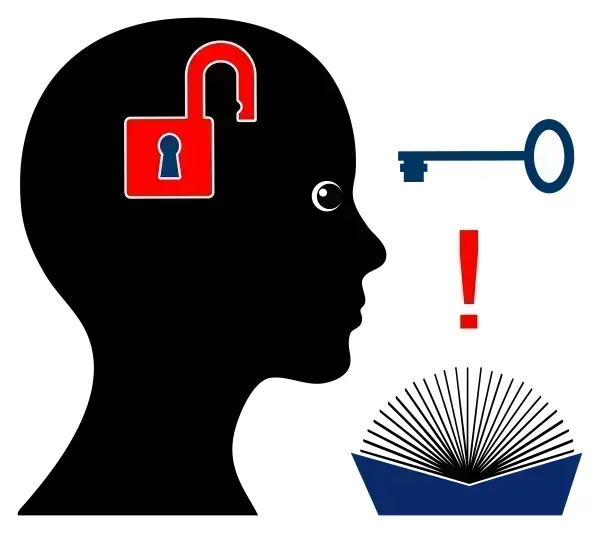Get to Know PFSH to Beef Up Your History Coding Smarts
You’ll choose between two kinds of PFSH for each E/M. Coders that find a challenge in calculating the correct level for evaluation and management (E/M) services are not alone. Needed info: Medicare’s 1995 and 1997 E/M Documentation Guidelines recognize seven components to defining E/M levels, with the first three — history, examination, and medical decision making (HEM) — as the key components. The history component includes the following elements: chief complaint (CC), history of present illness (HPI), review of systems (ROS), and past medical, family, and social history (PFSH). The level of service will determine the details the documentation needs to prove medical necessity. The documentation guidelines also go into specific detail about each element of the history. Read on to brush up on your PFSH knowledge to ensure you don’t miscode the history portion of any of your E/M services. Correctly Identify PFSH Factors The 2017 CPT® manual lists the different elements you should consider when documenting a patient’s PFSH. Your options are: A. Past Medical History According to CPT® 2017, past medical history includes: Note: CMS also includes allergies within the past history. If you are unsure of your provider’s stance on allergies, be sure to check with a rep before settling the past medical history component. B. Family History According to CPT® 2017, family history encompasses an analysis of medical events that occurred in the patient’s family. These include: “It [family history] really is a list of conditions and diseases that family members have or reasons for death,” says Marcella Bucknam, CPC, CCS-P, COC, CCS, CPC-P, CPC-I, CCC, COBGC, manager of clinical compliance with PeaceHealth in Vancouver, Wash. “However, it’s worth mentioning that it might also be reasonable to document that the patient’s family history is unknown if they are adopted or estranged from family.” Caveat: Do not, however, note “non-contributory” in the patient’s family history without more detail. Is family history non-contributory because the patient was adopted? Are there other reasons? Strive to be specific. C. Social History According to CPT® 2017, social history is an age-appropriate summary of the patient’s past and current activities. Examples include: “Two of the most commonly documented elements are use of tobacco and use of alcohol,” says Bucknam. “These are almost always documented, although providers may not realize that they count as social history.” Social history is also the correct place to include work/retirement, hobbies, school, and other factors about the patient’s life, according to Bucknam. Distinguish Between the 2 Types of PFSH There are two kinds of PFSH — pertinent and complete. With a pertinent PFSH, the provider reviews the history areas directly related to the problem identified in the HPI. For pertinent PFSH, the provider must document at least one item from any of the three history areas. “A pertinent PFSH usually only addresses information specific to the condition being treated during the encounter or that might have changed since the last time care was provided,” says Bucknam. “For example, there are rarely changes in family history and, although for some conditions family history can be very important, it does not usually have an impact on patient care.” On the other hand, with a complete PFSH, the provider must review two or three of the history areas, depending upon the category of the E/M service. “A review of all three history areas is required for services that by their nature include a comprehensive assessment or reassessment of the patient. A review of two of the three history areas is sufficient for other services,” according to the 1995 and 1997 E/M Documentation Guidelines. Bucknam went on to illustrate when you would see a complete PFSH. “You would expect to see a complete PFSH for either a complete PCP [primary care physician] record annually, if the patient has a complex condition or is going to be admitted to the hospital where many different factors could influence care decisions day-to-day over time,” says Bucknam. How PFSH Relates to New Patients Vs. Established Patients There are certain situations that the nature of the care would require a comprehensive PFSH, and a new patient visit would qualify, according to Chelle Johnson, CPMA, CPC, CPCO, CPPM, CEMC, AAPC Fellow, staff services coordinator/billing/credentialing/auditing/coding at County of Stanislaus Health Services Agency in Modesto, Calif. “A new patient visit requires all facets of the PFSH to be completed to justify a comprehensive history,” says Johnson. “This is the first time that the provider is treating the patient.” Johnson went on to explain further. “Per the Medicare Fee Schedule, the reimbursement for a new office visit [99201-99205] is higher than an established service [99212-99215],” says Johnson. “This is based on the understanding that a provider should be completing a comprehensive PFSH to ensure that they have a full understanding of the patient’s history in general, and not just in relationship to that day’s visit.” On the other hand, the PFSH for an established patient would differ. “An established patient visit would not normally require a comprehensive history as generally this was obtained when they were a new patient and the provider can use this documentation to see if there are any contributing factors,” says Johnson. “Only an update or confirmation of any changes is needed. An established visit is generally problem focused.”




